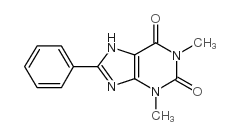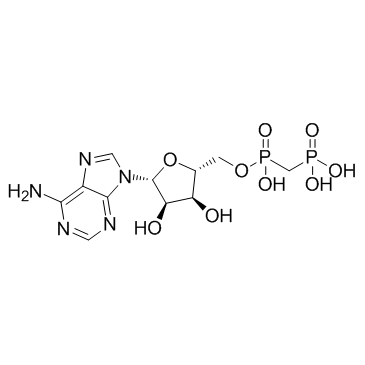| Structure | Name/CAS No. | Articles |
|---|---|---|
 |
8-PHENYLTHEOPHYLLINE
CAS:961-45-5 |
|
 |
MethADP
CAS:3768-14-7 |